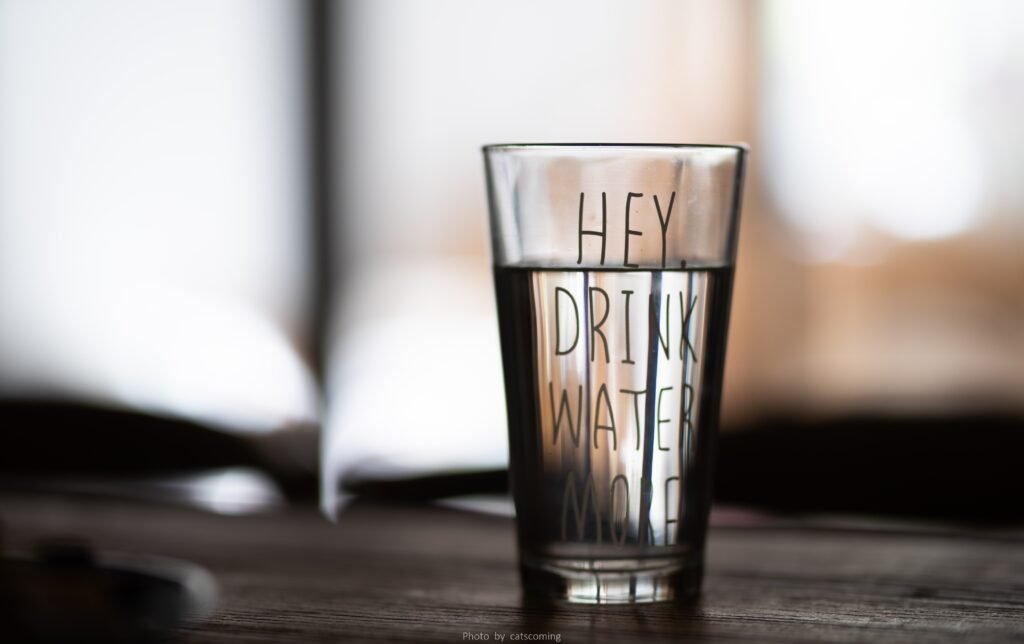How to treat low blood pressure naturally?
Low blood pressure or hypotension is a reading of less than 90/60mmHg. In most cases, low blood pressure causes no noticeable symptoms or it might cause some dizziness and nausea. Lifestyle and diet changes are two natural approaches to raising blood pressure. However, low blood pressure can also be life-threatening, if a patient displays symptoms like confusion, lured speaking, pale skin, shallow breathing, and weak pulse. So rush to the doctor if you have severe symptoms of low blood pressure as they are associated with some sort of underlying medical condition. To treat low blood pressure naturally with mild symptoms, keep reading.
Stay hydrated to regulate your blood pressure !!
Dehydration is mostly the main cause of low blood pressure in many hypotension patients. So if you are experiencing low blood pressure without any other underlying problems then increase your water intake first. It’s the very first natural approach in treating low blood pressure. Aim to drink at least eight to ten cups of water per day. Health drinks with electrolytes can also help raise blood pressure but please avoid high-sugar drinks.

Eat frequently smaller meals to help stabilize blood pressure spikes !!
If the monitor still shows low numbers of blood pressure, do bring changes in your eating habit. Instead of eating three larger meals, portion them into several smaller meals. This will surely help you to regulate the levels of your blood sugar and blood pressure. Make sure the food you eat must be low in carbohydrates.
Eat a balanced diet to treat low blood pressure!!
An essential way to regulate your blood pressure as well as to improve your overall health is to eat a balanced diet that includes lean meats and fish, whole grains, and a lot of fruits and vegetables.
Increase your Vitamin B12 and folate consumption.
Fortified cereal contains both minerals and helps in maintaining a steady blood pressure number. B12 vitamin is present in fish and dairy products while dark green vegetables such as broccoli and spinach are rich sources of folate. So add them to your diet.
Reduce your alcohol intake!
Alcohol consumption has a proportional relation with dehydration. Since dehydration is the main victim of hypotension, if you are suffering from low blood pressure, make sure to avoid or limit alcohol. Recommended alcohol consumption value is 1 drink for women per day and 2 drinks for men per day. However, it is better to avoid alcohol till your blood pressure numbers settle to normal.
Take caffeine in moderation!
In moderation, caffeine intake may help to raise blood pressure by constricting your blood vessels. However, caffeine also has diuretic properties (increase your fluid loss through urination) that may worsen your situation by causing dehydration. So, drink caffeine in moderation for treating low blood pressure.
Increase your daily salt intake
Talk to your doctor first as too much salt is bad for you. However, for people with low blood pressure, a little extra salt is an efficient way to raise blood pressure. Consult with your healthcare provider to decide the amount of salt that you should add to your diet to raise blood pressure in a natural way. If you do start increasing your sodium intake, continue monitoring your blood pressure regularly. Be cautious, eating too much salt for a longer period can lead to kidney disease, strokes, or spikes in your blood pressure.

Keep shifting your positions
This helps in reducing the symptoms associated with low blood pressure like dizziness and nausea. Sitting, laying, or standing in a position for too long causes blood clots to form in certain parts of your body due to poor blood circulation. So keep on switching your positions to avoid worsening the situation.
Be conscious, while shifting your position to reduce the effects of low blood pressure. Be slow when moving from lying down to sitting or from sitting to standing.
Wear compression stockings.
Pick up some compression stockings that fit tight, but don’t hurt to wear. These special socks will help regulate blood pressure by keeping blood circulating regularly through your veins. However, you may have some negative side effects if the stockings are too tight. Take off the socks if you experience pain, numbness, or tingling sensation in your legs and foot.
Stay cool and avoid long, hot showers.
Being too hot can make your blood pressure drop. Stay cool and out of the heat. Long and hot showers can also lead to a further drop in your blood pressure numbers, as hot water showers cause blood vessels to expand and cause dizziness.
Exercise regularly.
Regular physical activity makes your heart stronger. A stronger heart can pump more blood with less effort. However, an exercise that involves sudden changes in posture can trigger symptoms, including dizziness, blurred vision, and nausea. A simple 20-minute walk every day can help you in treating your low blood pressure.

Takeaway
If your low blood pressure remains a problem after making diet and lifestyle changes or you are experiencing a sudden change in blood pressure, seek medical help. Your doctor will likely recommend lab tests based on your specific medical history and evaluate you for other medical conditions.
Always talk to your doctor before stopping adding any prescription or non-prescription medications. Also, consult your doctor before incorporating herbal supplements or homeopathic remedies into your routine diet for raising low blood pressure.
To learn about tests recommended to confirm Diabetes and how to use a glucometer, please visit the healthcare pages at howtothings.net.
Medical Disclaimer
The content of this blog post is not aimed at substituting for professional medical advice or treatment. It’s always appreciated to contact your healthcare provider before starting, shifting, or halting any health treatment.
